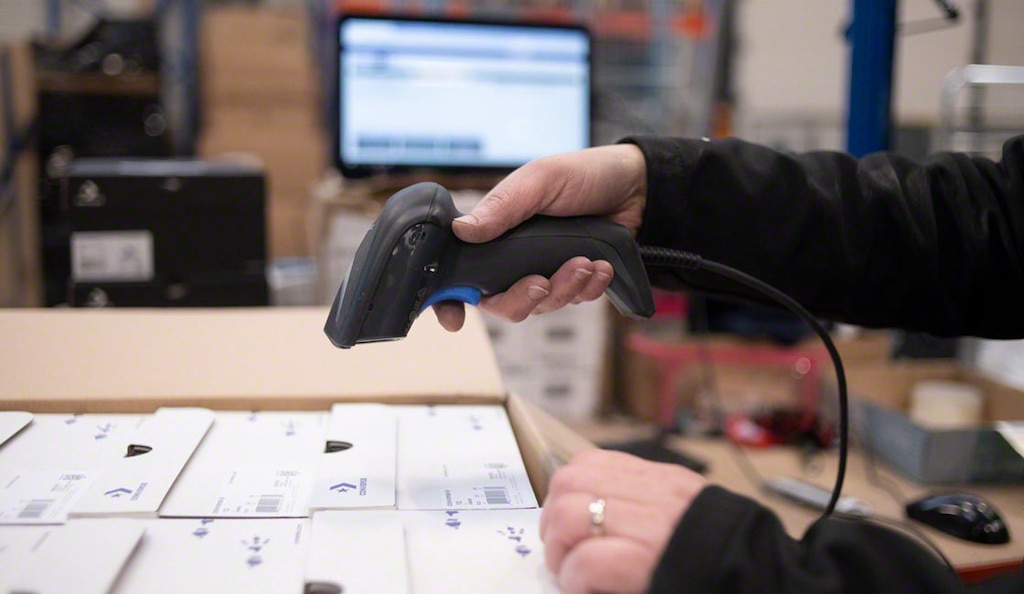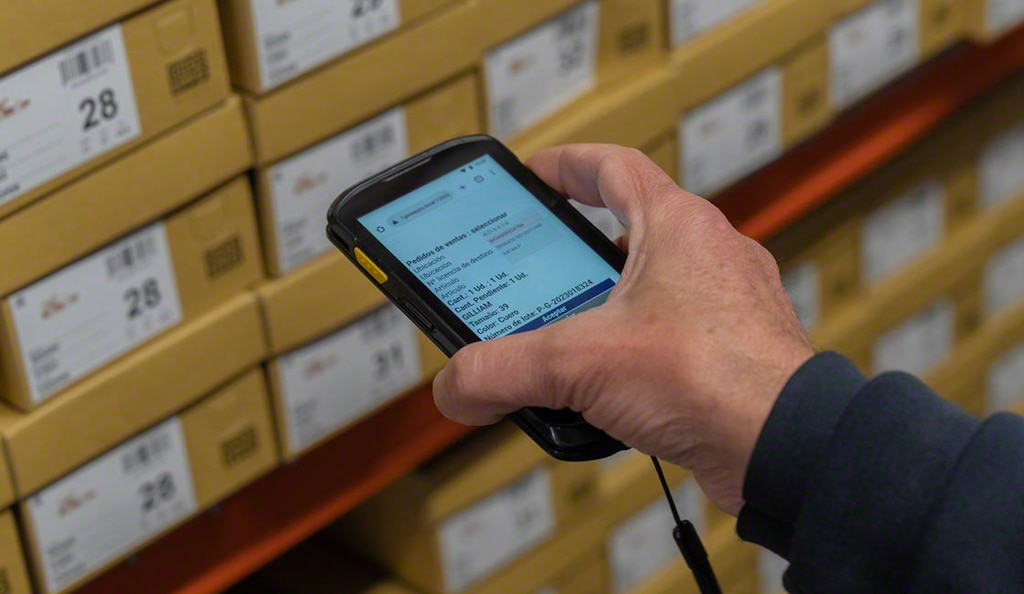
Weighted average cost and inventory valuation
Knowing the weighted average cost of items is vital for businesses to improve their inventory management and predict their profits.
What is the weighted average cost method?
The weighted average cost (WAC) method is an inventory valuation system used in accounting. Its purpose is to achieve the average value of warehouse stock. The weighted average cost method links the acquisition or manufacturing costs of certain goods or merchandise with the quantity purchased to obtain an average cost. This technique is typically employed in companies that do not follow special criteria when offloading their items. That is, it’s incompatible with those who work with LIFO or FIFO methods.
The best way to determine a product’s weighted average cost is through comprehensive warehouse control. It’s crucial to collect real-time information on stock entries and product returns. This will enable you to know the average daily purchase price and adjust prices accordingly, which is especially relevant for businesses such as ecommerce retailers.

What is the weighted average cost formula for warehouse stock?
To perform inventory control using the WAC method, add up the quantities of the product or raw material that have entered your facility. Then, multiply them by their respective acquisition costs or the average daily purchase price. Finally, divide the total by the sum of the quantities.
| Weighted average cost (WAC) = Sum (Price x Quantity) / Sum (Quantity) |
The calculation will be valid until the next purchase is made.
Collecting these data facilitates accurate stock management and helps achieve a justified and realistic price for continued profitability. It’s particularly useful in stages when product prices undergo significant variations. Other scenarios where it’s appropriate to calculate the weighted average cost for inventory control purposes include:
- When determining the cost or price of a specific unit is very complicated or practically impossible.
- In companies with high-turnover inventory and frequent stock purchases and replenishments.
- When it is difficult to establish a difference between older items and more recent acquisitions.
Examples of applying the weighted average cost method in warehousing
Calculating the weighted average cost is easier than it seems. For example, these would be the data needed to determine the weighted average cost of a specific SKU for screws in a hardware warehouse:
- Quantities and unit cost for each purchase of screws.
- Total number of screws.
So, if a total of 580 screws were purchased on four occasions with the following values:
- 300 units for $0.15
- 200 for $0.20
- 50 for $0.25
- 30 for $0.30
The weighted average cost of that type of screw will be $0.18.
Advantages of WAC vs. LIFO and FIFO
Weighted average cost is one of the most common inventory valuation systems, offering multiple advantages to companies that use it:
- Inventory value monitoring. By providing an average rather than a range of prices, the WAC method makes it easier to calculate value and track stock.
- Simplified accounts. This procedure assigns the same value to each item, simplifying paperwork.
- Long-term savings. If management fails to stay up-to-date, neglects tools like warehouse management systems, and takes too long to calculate the inventory value, processes may not be sufficiently optimized.

Beyond applying the weighted average cost method and using a specialized program, there are other ways to estimate the value of warehouse inventory, outlined below.
FIFO: First in, first out
In addition to the expiration date, another criterion considered is the age of a product in the warehouse (how long it’s been stored there). When working with FIFO, the items that arrived first will be sold first. However, if acquisition costs increase considerably and the price from earlier purchases still applies, the results may be misrepresented.
LIFO: Last in, first out
With LIFO, in contrast, the most recently purchased products will be those sold first. The drawback to this inventory valuation method is that it can result in a higher cost of goods sold and, therefore, a lower value for the remaining inventory.
Specific identification method
This way of evaluating goods is the most accurate and one of the most suitable for small or medium-sized businesses. It involves assigning a cost to each item in the inventory, providing a high level of accuracy and a true picture of the state of the company’s finances. Nevertheless, when working with large volumes of units, it can be difficult to track and identify each item. One way to achieve this is to implement barcodes.
Equip your warehouse with Interlake Mecalux
Are you looking to streamline your operations with the help of an innovative team while leveraging the latest technologies? At Interlake Mecalux, we can help. Our company has been upgrading its intralogistics products for over 55 years, optimizing our clients’ capabilities. Contact us obligation-free, and we’ll find the storage systems and software solutions with the most potential to take your logistics operations to the next level.
